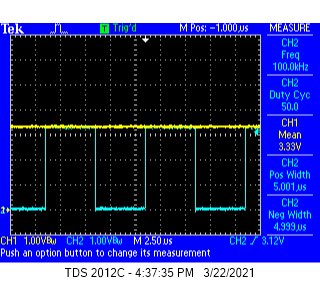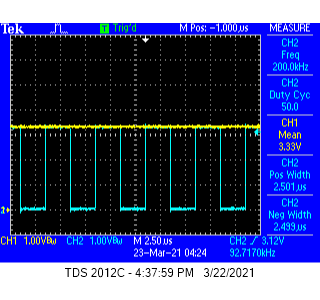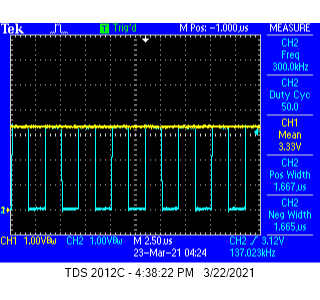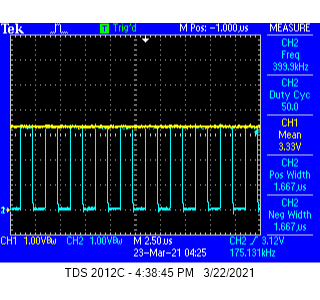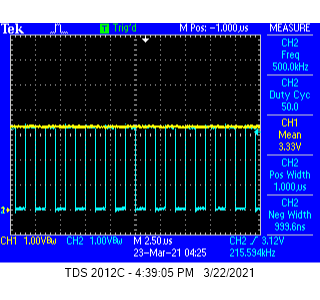Other Parts Discussed in Thread: ISO1412, ISO1042
Hi Tech Support Engineer:
I received the ISO1412DWEVM kit today and was testing the output
and seeing an 400kHz ripple superimposed on the output (Y, Z) instead of a DC that expected
Please see pictures attached.
Is this normal??
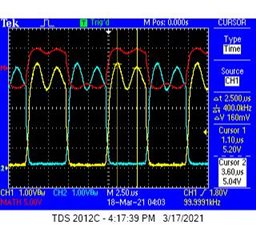
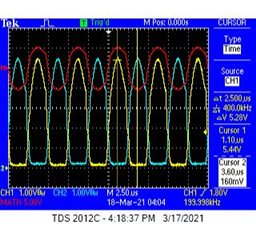

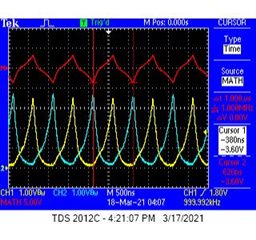
Regards
Kai



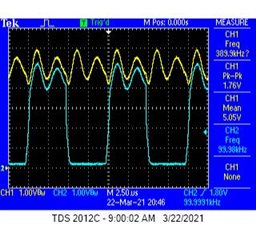
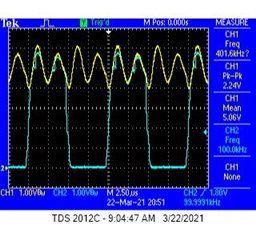
 200K Hz, Vcc2, Y Termination Jumper ON
200K Hz, Vcc2, Y Termination Jumper ON 200K Hz, Vcc2, Y Termination Jumper OFF
200K Hz, Vcc2, Y Termination Jumper OFF 300K Hz, Vcc2, Y Termination Jumper ON
300K Hz, Vcc2, Y Termination Jumper ON 300K Hz, Vcc2, Y Termination Jumper OFF
300K Hz, Vcc2, Y Termination Jumper OFF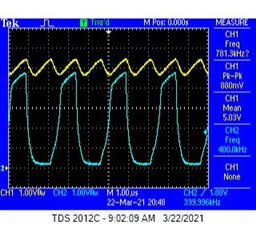 400K Hz, Vcc2, Y Termination Jumper ON
400K Hz, Vcc2, Y Termination Jumper ON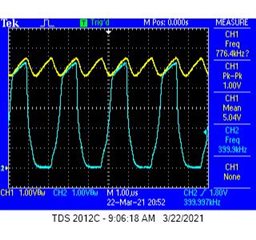 4
4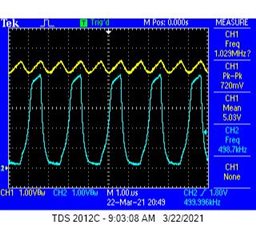 500K Hz, Vcc2, Y Termination Jumper ON
500K Hz, Vcc2, Y Termination Jumper ON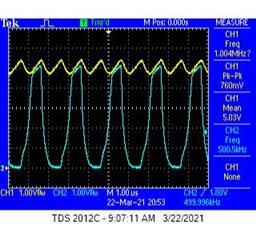 500K Hz, Vcc2, Y Termination Jumper OFF
500K Hz, Vcc2, Y Termination Jumper OFF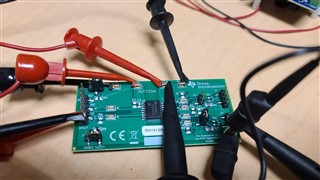
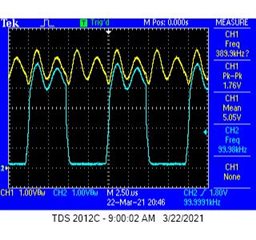 100kHz Vcc2 Y Jumper is ON.
100kHz Vcc2 Y Jumper is ON.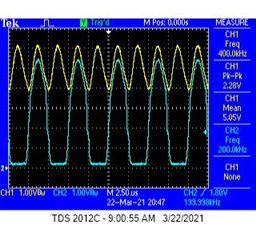 2
2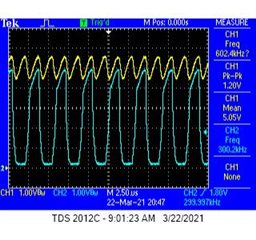 300kHz Vcc2 Y Jumper is ON.
300kHz Vcc2 Y Jumper is ON. 400kHz Vcc2 Y Jumper is ON.
400kHz Vcc2 Y Jumper is ON.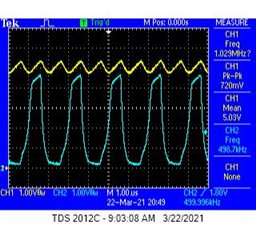 500kHz Vcc2 Y Jumper is ON.
500kHz Vcc2 Y Jumper is ON. 1
1 200kHz Vcc2 Y Jumper is OFF
200kHz Vcc2 Y Jumper is OFF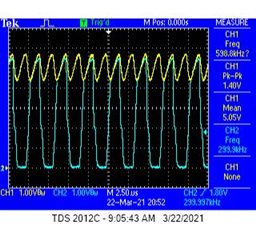 300kHz Vcc2 Y Jumper is OFF
300kHz Vcc2 Y Jumper is OFF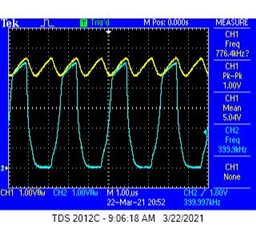 400kHz Vcc2 Y Jumper is OFF
400kHz Vcc2 Y Jumper is OFF 500kHz Vcc2 Y Jumper is OFF
500kHz Vcc2 Y Jumper is OFF
 Vcc stays Solid ON.
Vcc stays Solid ON.